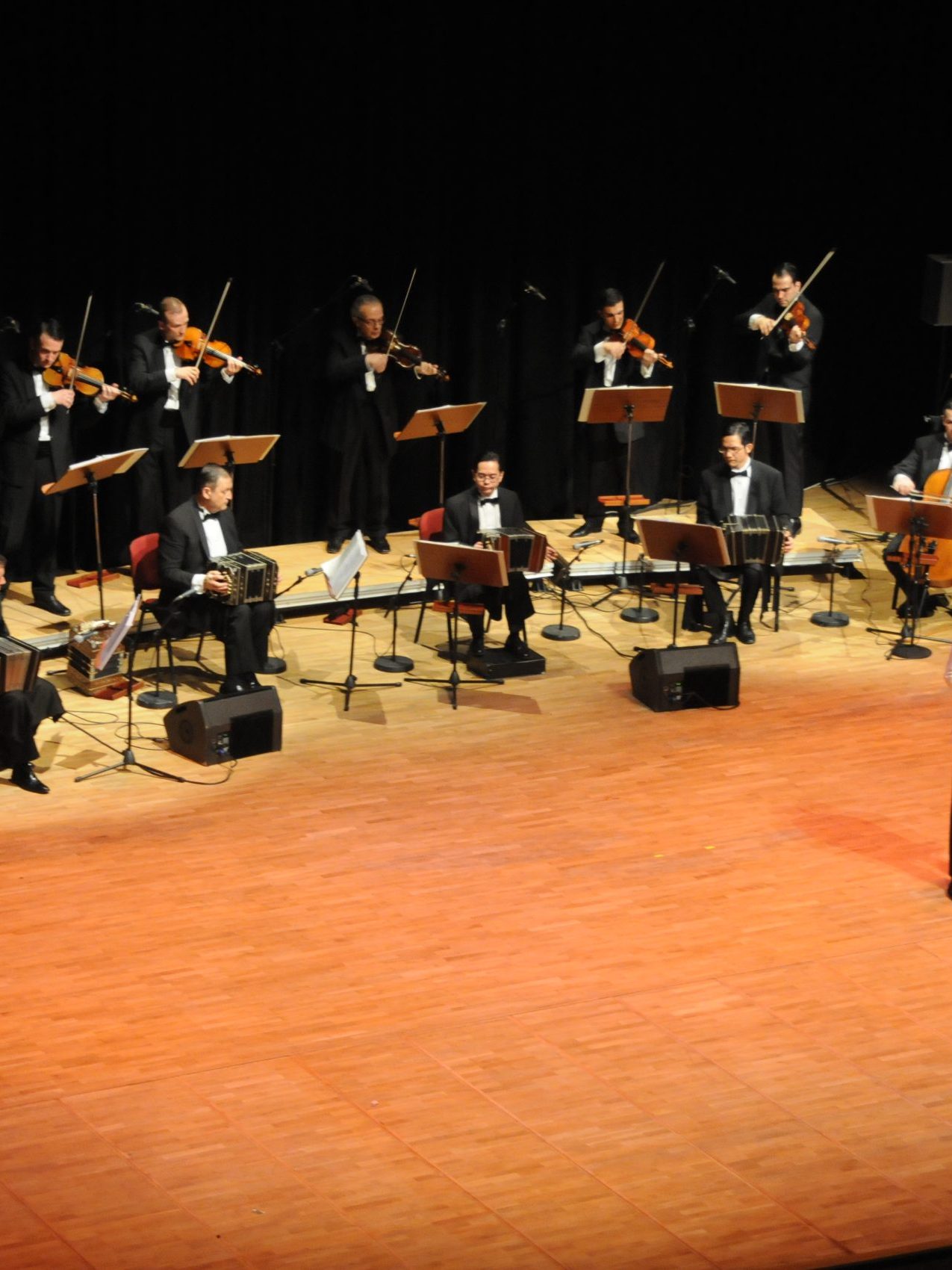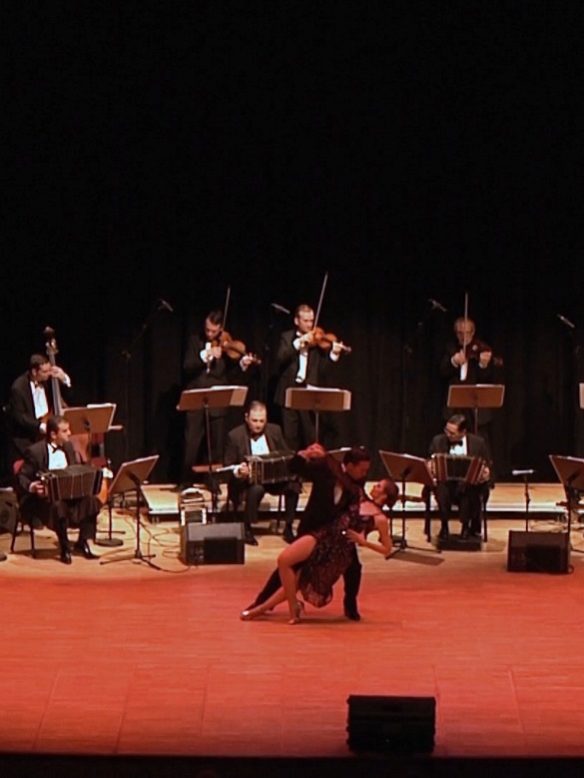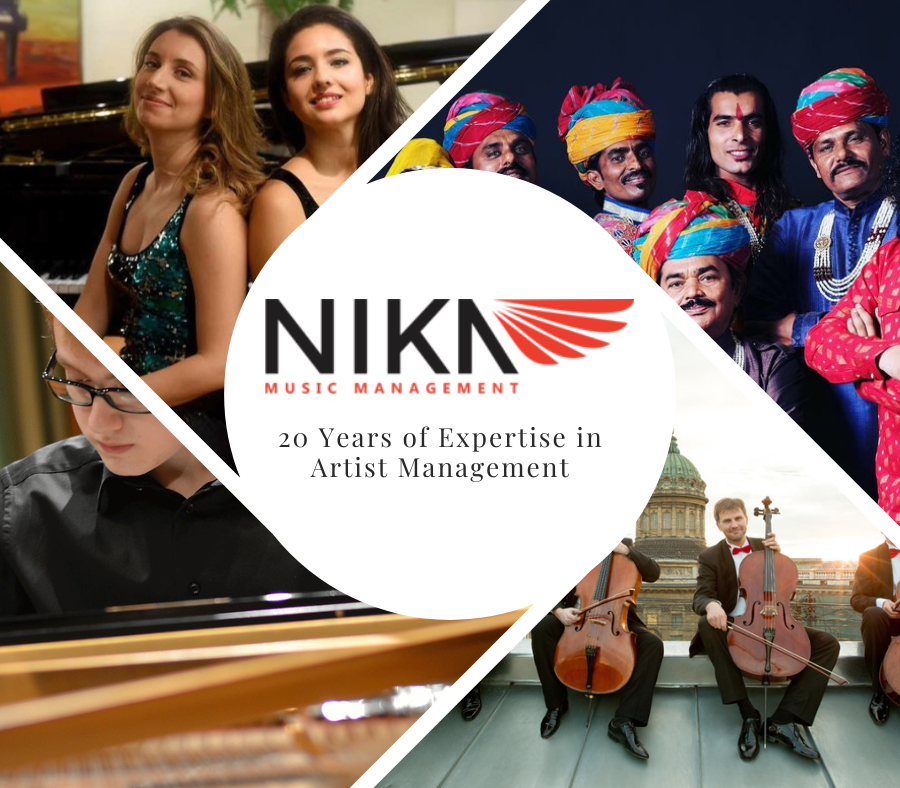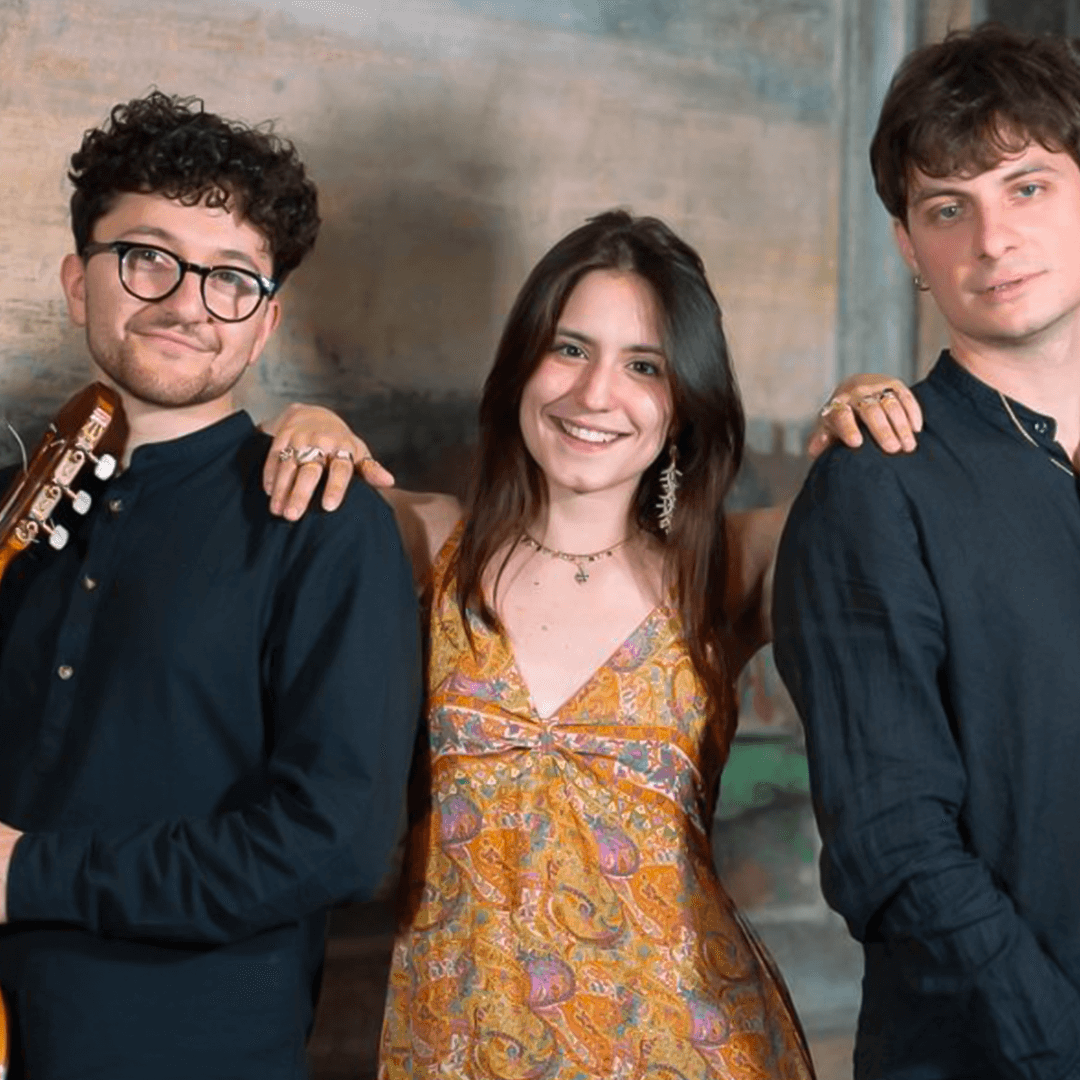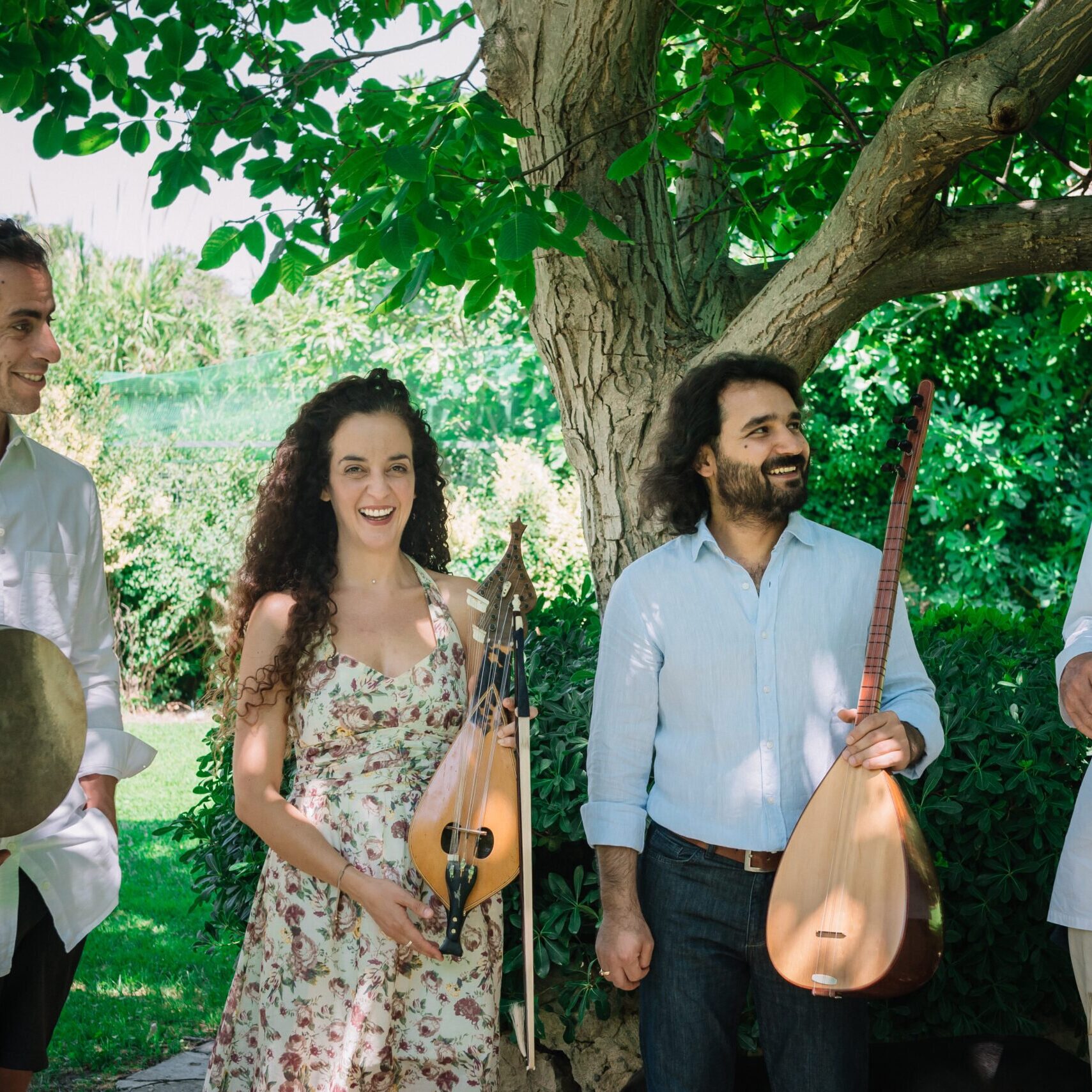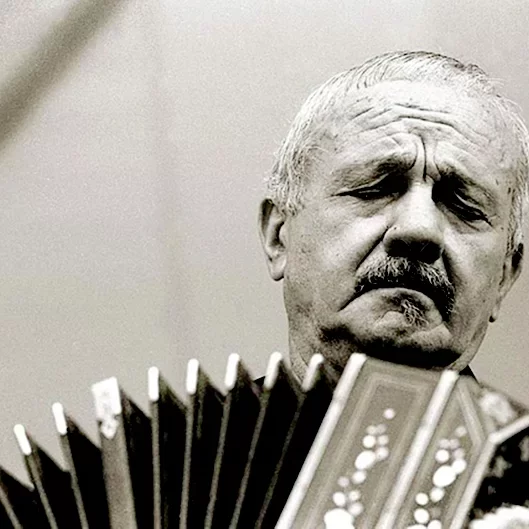Turkish Tangos at the 100th Anniversary of the Turkish Republic
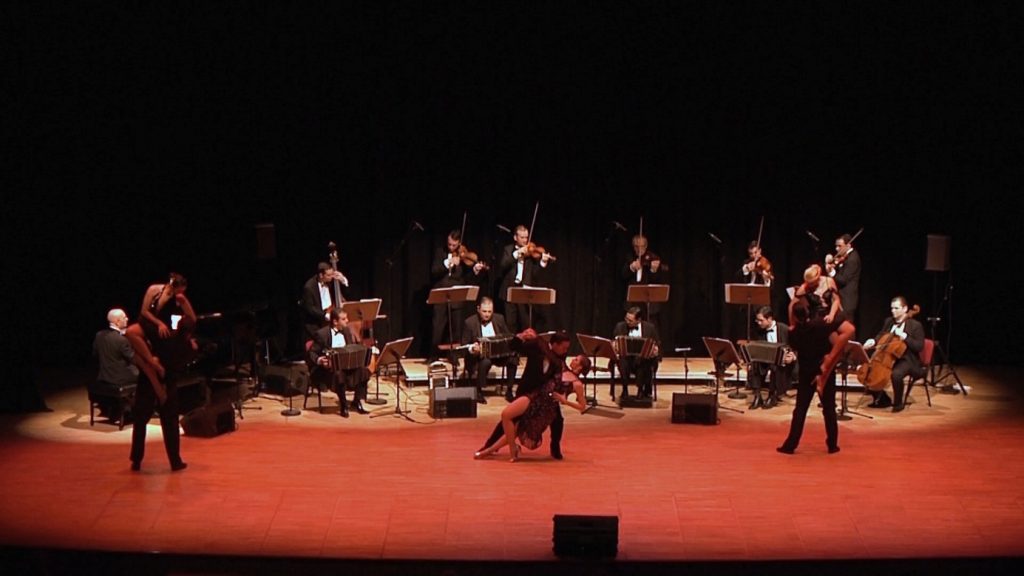
With the establishment of the Republic, New Turkey turned to Western culture in various fields. In this way, polyphonic music began to emerge in the country. The music that existed before was monophonic folk music and classical Turkish music, also monophonic, that was popular in and around the palace. In addition, polyphonic Western music was also found among courtiers in Istanbul and in cities where non-Muslims were concentrated.
The introduction of polyphony into Turkish life and its adoption by the public began with the tango.
Turkish tango had no precedent before the Republic. Despite this fact, it appeared as a music that was somehow part of the Turkish culture, fitting the modernisation concepts of the new country. Young Turkey, thirsty for change and innovation, chose the tango for itself in music.
An important reason why not only the people of Turkey, but also of the other European countries, especially the Mediterranean people, quickly adopted this music was the return of Neapolitan and Mediterranean melodies, French and German musical techniques, which were brought to Argentina by the Italians and other European immigrant musicians. Those familiar musical features returned to Europe, ‘disguised’ in the form of tango.
At the end of the nineteenth century, when tango was fashionable throughout Europe, it also came into vogue in other countries, from Taiwan to Egypt and Morocco. However, in all these countries, with the exception of Argentina, tango remained in its first phase and there were no innovations in this music. As a result, it began to fall out of favor. In Argentina, tango has gone through four different phases and has survived and maintained its popularity until today. For this reason, one of the goals of Band-O-Neon Orchestra is reconsider and introduce the old Turkish tangos to the world with new and updated arrangements.
BAND-O-NEON
The first typical tango orchestra of Austria, BAND-O-NEON “Orquesta Típica de Tango” was founded in May 1995. The name of the orchestra is related to the characteristic instrument of the tango, the bandoneon.
The repertory consists of the tangos from the classical period (1880-1917), transition period (1917-1935), period of Tango-Nuevo (1935-1948) as well as contemporary works.
The purpose of the orchestra is especially to perform Tangos of all periods in their original forms. BAND-O-NEON believes in the importance of preserving the characteristic interpretations of the classical tangos which have already been established by famous Argentinian orchestras. For this reason BAND-O-NEON does not modernize the classical tangos. Some of the current arrangements of the orchestra reflect the influences of famous Argentinian tango schools and/or orchestras. For example “La Cumparsita” in the style of Juan D´Arienzo, “Quejas de Bandoneón” in the style of Anibal Troilo, “El Amanecer” in the style of Carlos di Sarli etc. On the other hand, the contemporary tangos play an important role in the repertory of the group.
“…they play truly unbelievably.”
—Kurier, Austria
“…the fire to be danced with. Band-O-Neon enchanted the audience.”
–Nordbayerischer Kurier, Germany
“…the return of forgotten romanticism in Tango.”
—José Libertella, Sexteto Major, Argentine
“…the most profound and remarkable performance, spontaneity and clarity of sound and structure.”
—Laura Morgan, University of Miami, USA
“…magnificient interpretations; revival of the golden days of Tango”
—Marcos Eserequis, Radio Buenos Aires, Argentine
“…Our souls were showered with something that has been missing from our lives for quite some time: the beauty, elegance and tranquility of Tango.”
—Yalcin Dogan, Milliyet, Turkey
“…an authentic echo from Europe of genuine “Tango Argentino”.”

